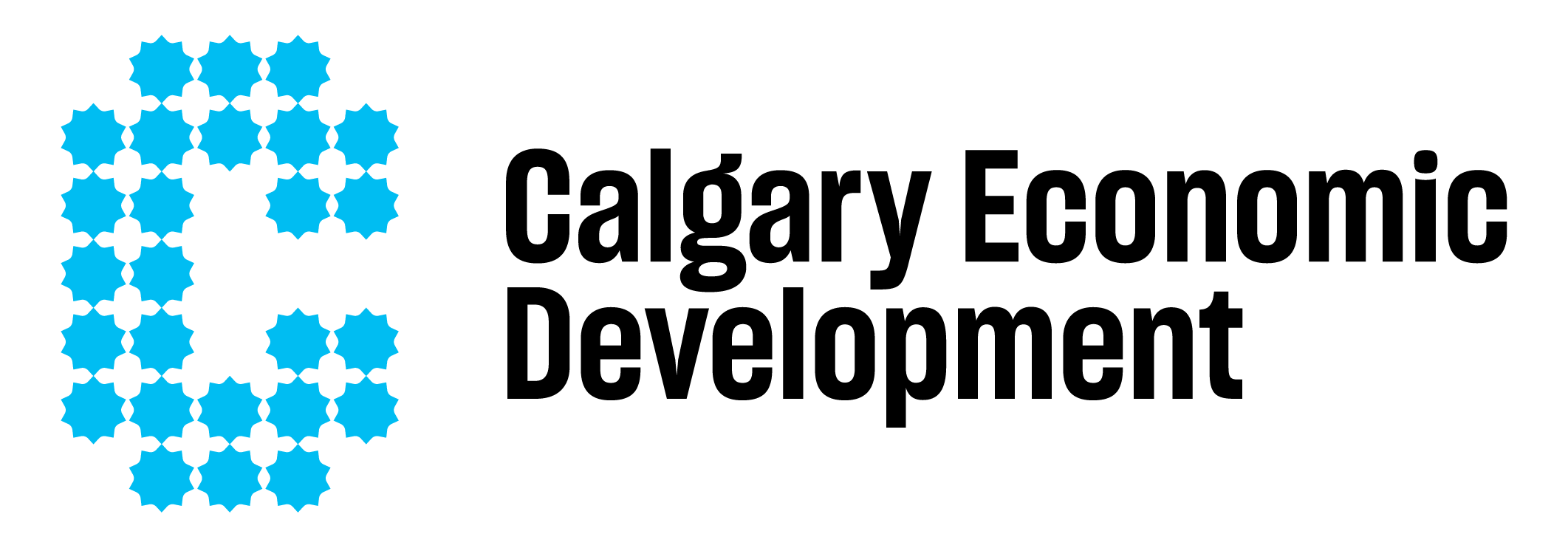The City of Calgary’s Climate Resilience Strategy outlines actions to manage the city’s energy use and help limit global climate change.
As global warming tops the list of worldwide challenges, our community’s economic strategy, Calgary in the New Economy, also recognizes renewable energy and clean tech as fast-growing elements of the energy sector.
With the municipal government’s operations accounting for only four per cent of total city-wide greenhouse gas (GHG) emissions, here are 10 ways the City of Calgary shows leadership through carbon reduction, renewable energy and energy efficiency initiatives:
- Electric vehicle (EV) strategy: Supporting faster adoption of electric vehicles is one of the greatest opportunities to reduce GHG emissions from the transportation sector, which accounts for one-third of all emissions in Calgary. There are plans to expand on the almost 200 EV charging stations in the city—42 charging stations were added to Calgary Parking Authority parking lots. The City is also a partial sponsor of the Peaks to Prairies EV Charging Network, which will facilitate travel to and within southern Alberta.
- Solar power: The City of Calgary amended its solar panel land use bylaws to make it easier for building owners and homeowners to install small-scale solar panels. The city’s 6,228 kilowatts (kW) of solar photovoltaics (PV) generation capacity deployed to date is spread across a portfolio of more than 20 sites with a target to develop 2,000 kW of additional capacity by 2023.
- Cogeneration: The city has over three megawatts (MW) of cogeneration systems installed at transit maintenance facilities and recreation centres. Cogeneration works by capturing otherwise wasted heat energy and repurposing it to produce more electricity, heat utility fluids, or heat the air inside buildings. As a result, power plants that make use of cogeneration can operate with as much as 50 to 70 per cent higher energy efficiency.
- Landfill gas capture and sewage transformation: Calgary’s municipal government continues to expand gas capture at landfills and targets to deploy up to two MW for power generation with the support and financial assistance of the Low Carbon Economy Fund. The City also signed a memorandum of understanding with Steeper Energy Canada Ltd. to cooperate on the future transformation of sewage sludge (and other urban generated bio-organic wastes) for the production of sustainable biofuels.
- New Calgary Transit vehicles: Funded in part by Emissions Reduction Alberta, Calgary Transit is preparing to deploy over 10 electric shuttle buses on Calgary’s roads by 2022 as part of the eTRANSIT Electric Bus Pilot Project. Calgary Transit also added 84 new compressed natural gas buses to its fleet in 2019 and expects to add 30 more in 2020. The shift to compressed natural gas fuel from diesel means significant reductions in tailpipe and GHG emissions.
- Energy efficient track heating: The City of Calgary received funding to test track switch heaters with a snow detection system and rail thermostats. The heaters are meant to reduce the energy consumption operating costs of Calgary Transit’s light rail transit system.
- E2 Street Lighting Program: Calgary’s municipal government completed a four-year project to replace 80,000 streetlights with new energy efficient LED bulbs to result in energy, maintenance and operating savings. In addition, the lighting temperatures of the bulbs are designed to exceed Canadian minimum standards and provide a softer light to create a more comfortable environment for residents.
- Sustainable building design: The City of Calgary updated its Sustainable Building Policy, which implements mitigation and adaptation actions for city-owned and funded building projects. This policy has resulted in the Leadership in Energy and Environmental Design (LEED) certification of 58 projects and encourages a performance-based approach to design and construction, with a focus on building resilience and operational GHG emissions. These standards will be expanded to consider the embodied carbon emissions in material selection by 2023.
- Willow plantation project: The Government of Canada announced an investment of approximately $2 million from the Low Carbon Economy Fund to support the willow plantation project, which allows the City to plant 300 new hectares of trees over three years. The plantation is fertilized with municipal biosolids that provide an alternative to traditional chemical-based fertilizers. These willows will help create a carbon storage sink that leads to fewer GHG emissions and improved use productivity of marginal land.
- Renewable energy at the City: The City of Calgary has used 100 per cent renewable electricity, mostly wind, to run its operations since 2012. Its corporate energy plan also sets out policy to reduce energy usage and improve the environmental performance of city-owned buildings by capitalizing on wind, solar and cogeneration.
While the City is making strides in reducing GHG emissions, there is much work to be done to plan a low-carbon city as a community, which will take greater investment and collaboration with partners and the public.
Check out the City of Calgary’s online resources for Calgarians to learn about everyday actions to help limit climate change and adapt to a changing climate.

